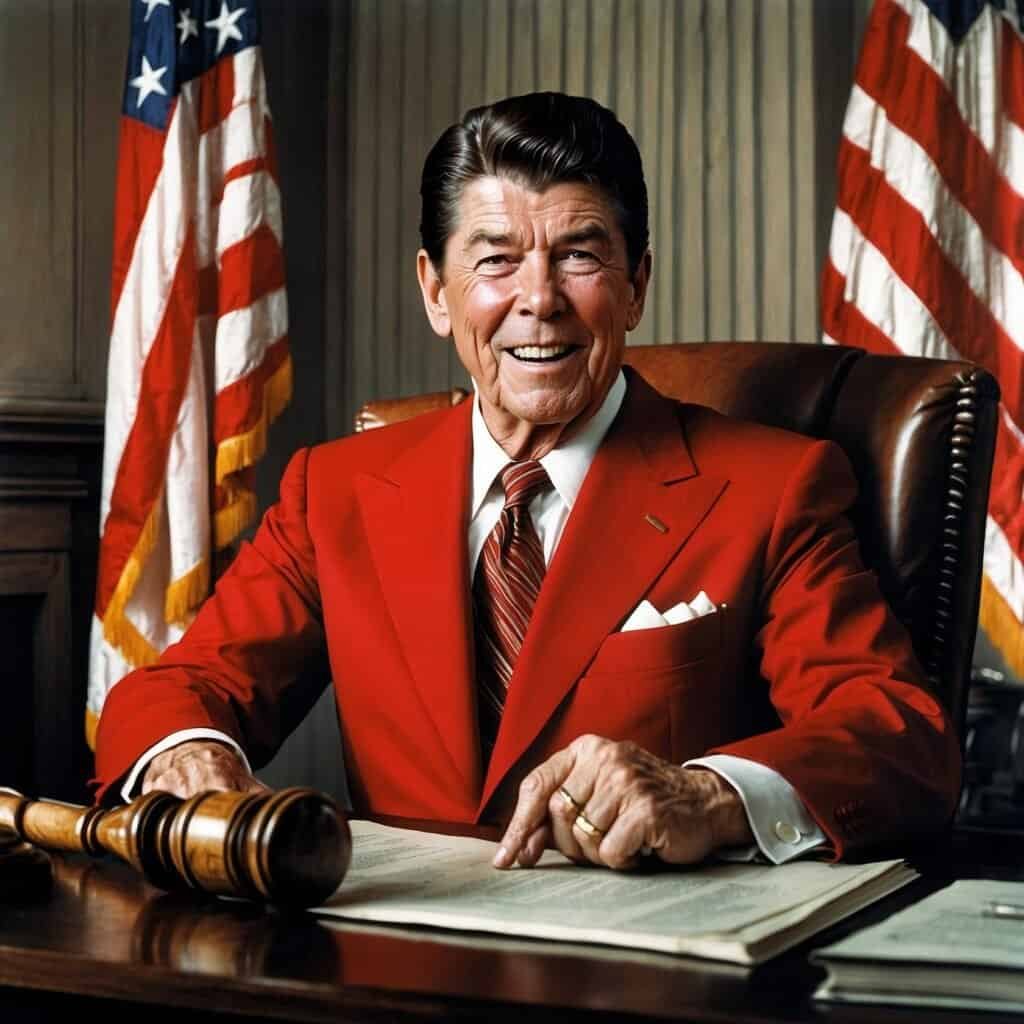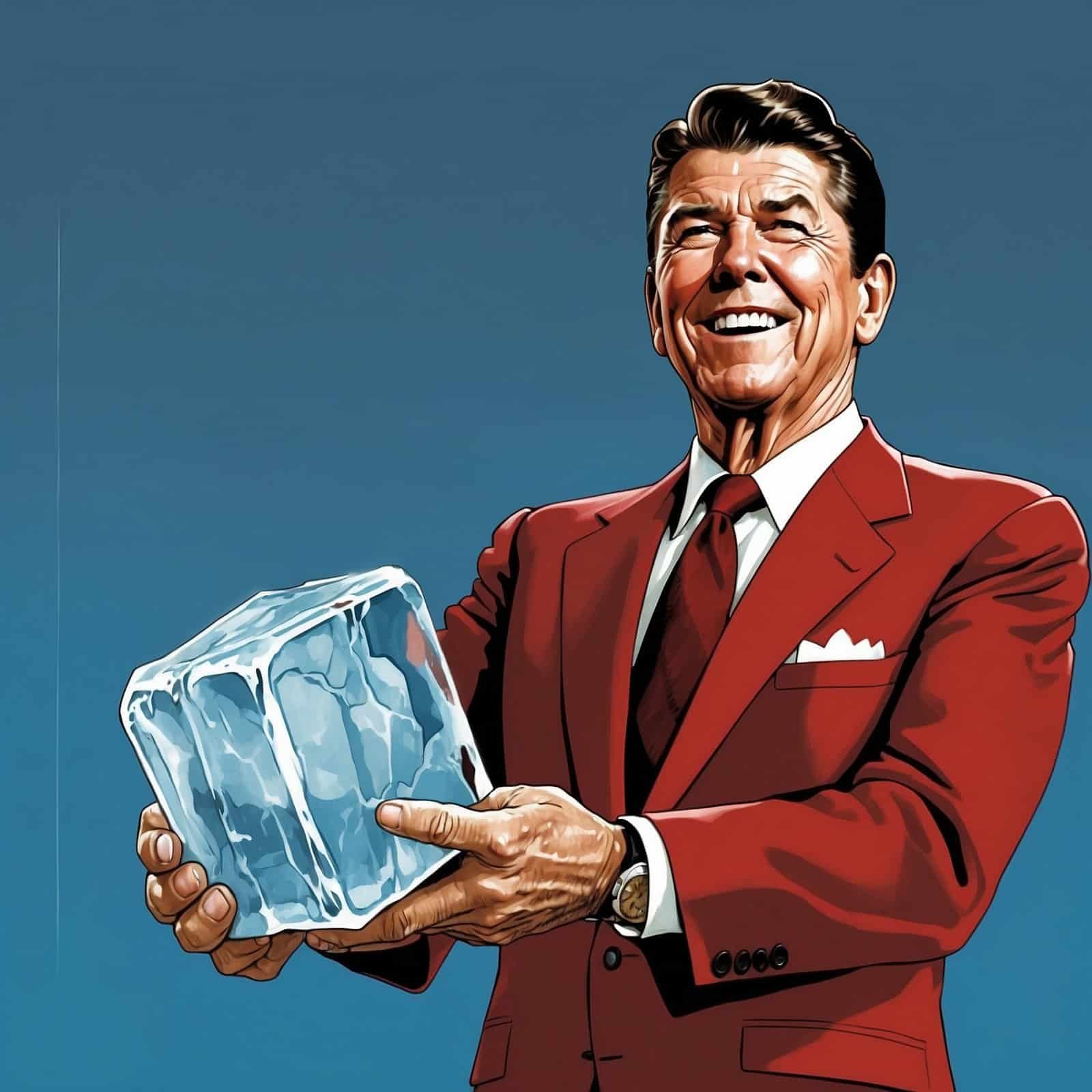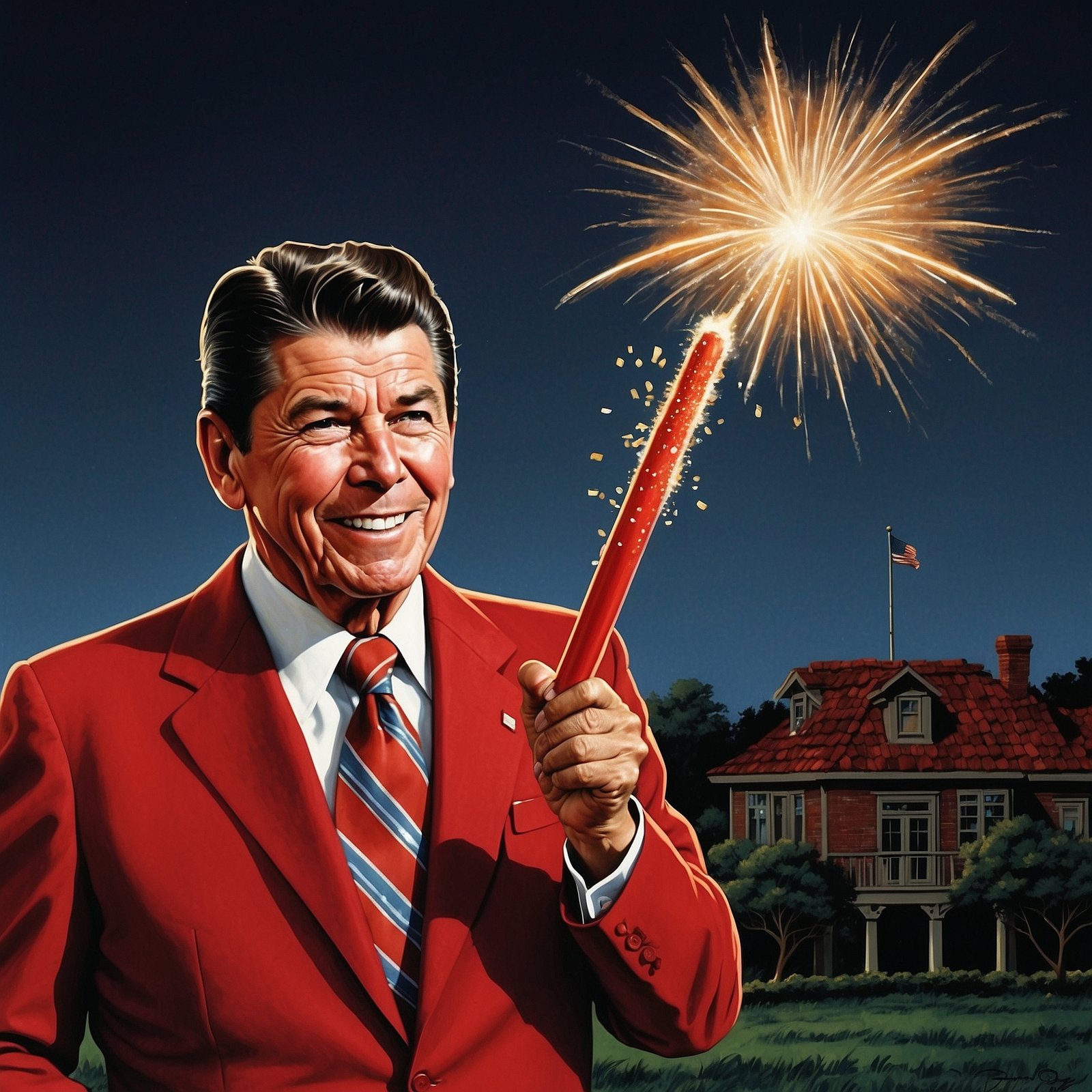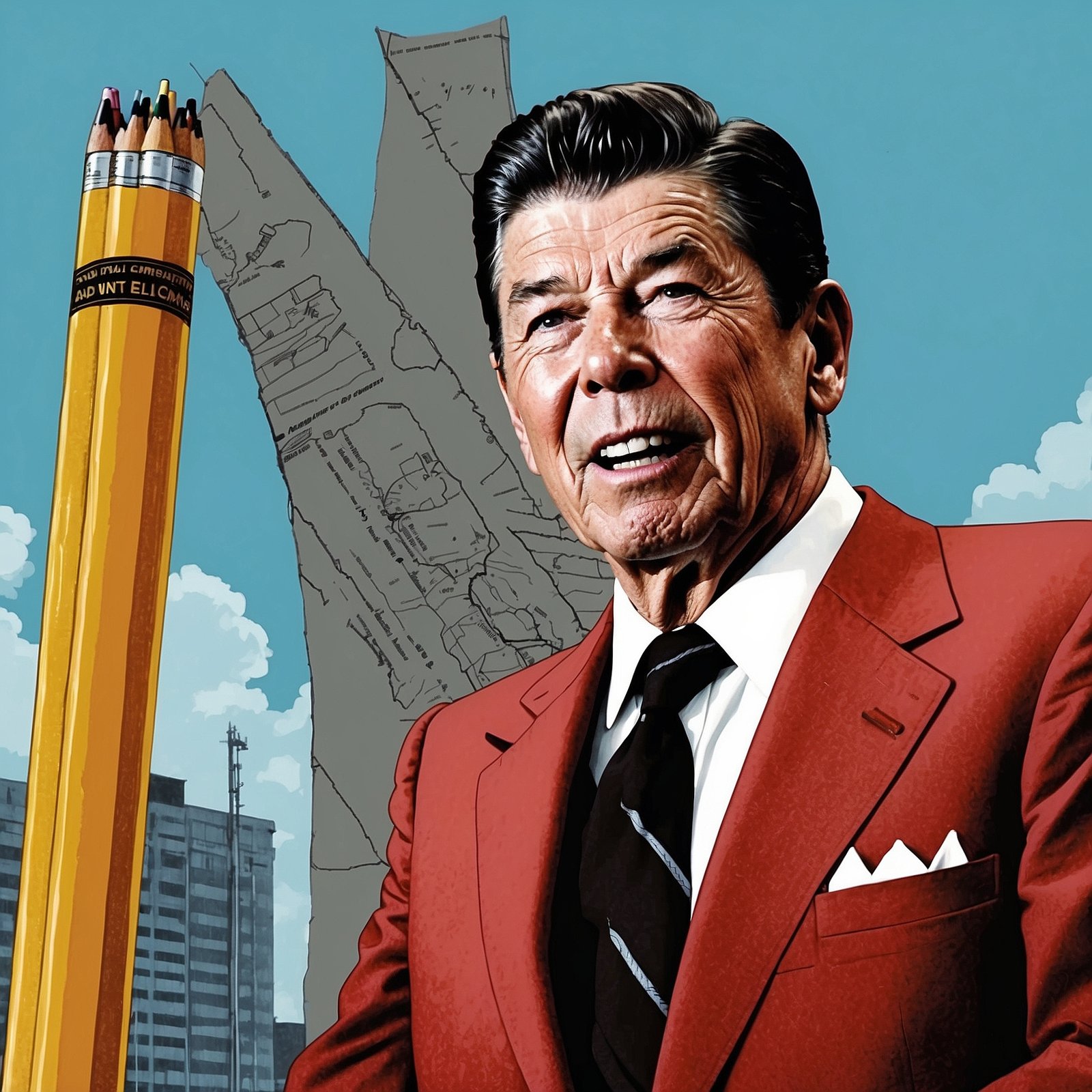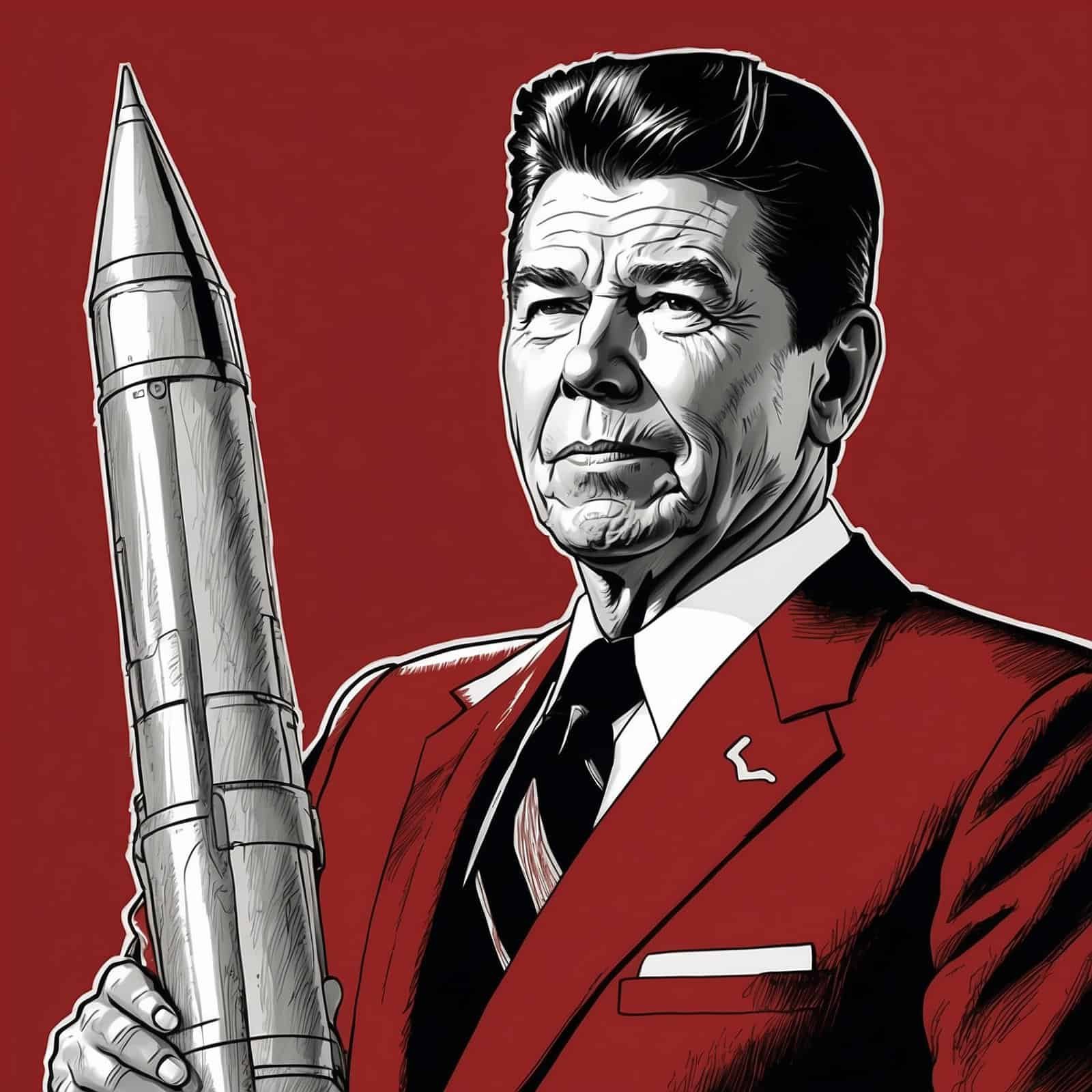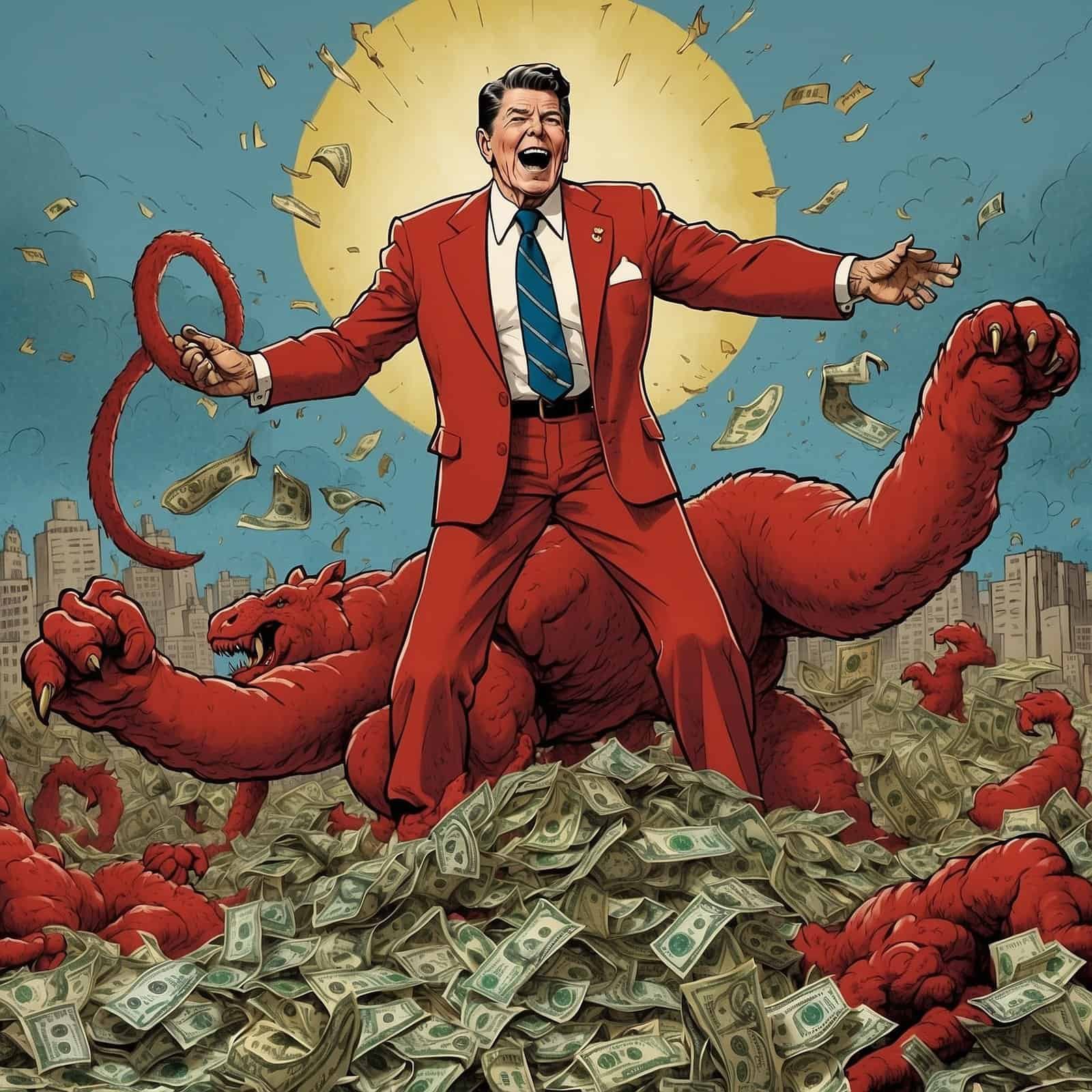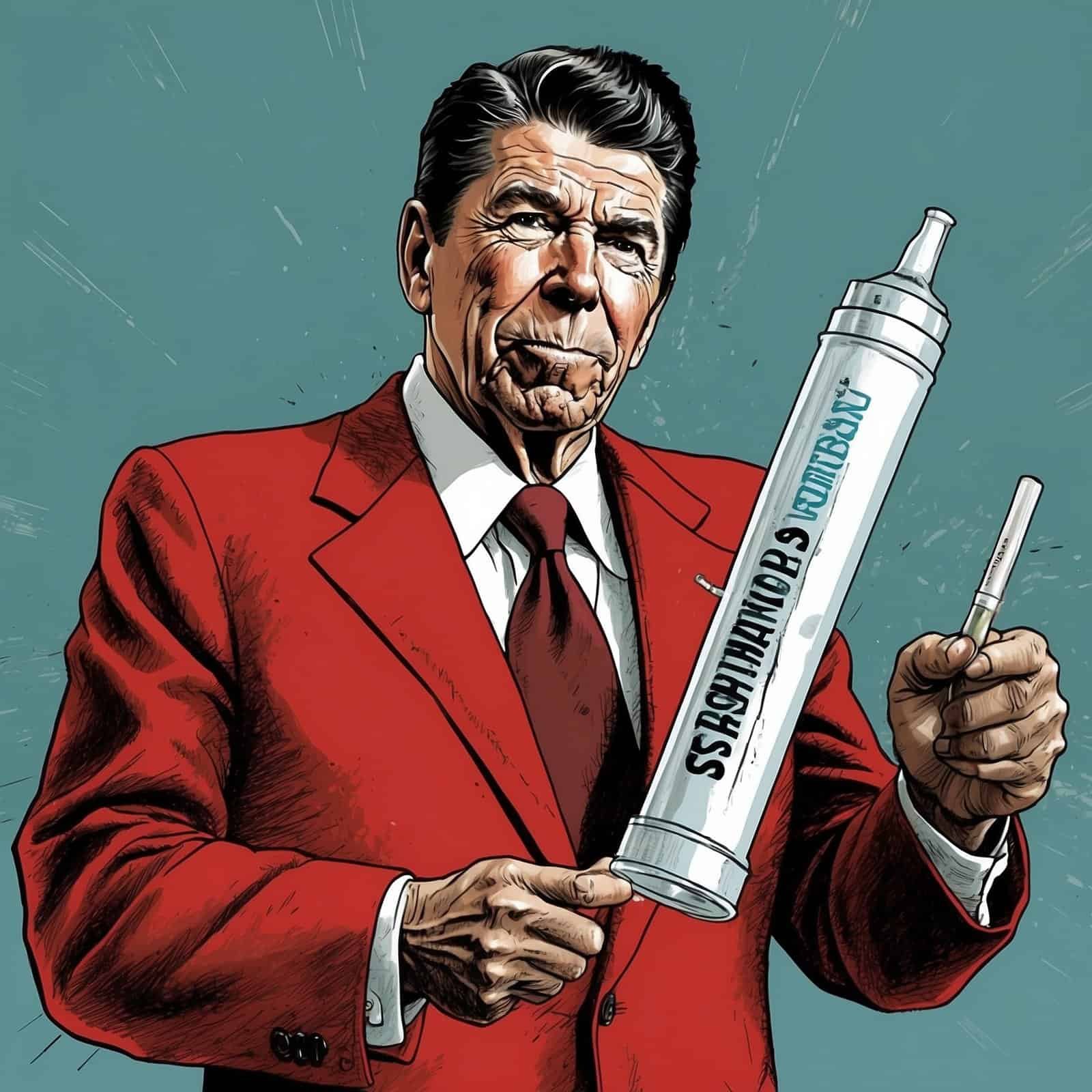Picture this: It’s 1981, and the federal courts are about as conservative as a hippie commune. Enter Ronald Reagan, armed with a vision for the judiciary that would make the Founding Fathers proud. This wasn’t just about filling seats; it was about restoring the Constitution to its rightful place as the supreme law of the land. Reagan wasn’t playing checkers; he was playing 4D chess with the future of American jurisprudence.
When Reagan took office, he looked at the federal court system and probably thought, “Well, this needs more fixing than my old Hollywood headshots.” During his two terms, he appointed a whopping 383 judges to the federal courts, including three Supreme Court Justices. It was like he was handing out Constitutions at a Conservative Comic-Con, making sure every bench had a defender of liberty.
The Supreme Court Shake-up: Scalia, O’Connor, and Kennedy
Let’s zoom in on the Supreme Court, shall we? Reagan’s star pick was none other than Justice Antonin Scalia, a man whose wit could slice through liberal arguments like a hot knife through butter. Scalia wasn’t just a judge; he was a one-man constitutional renaissance. His textualist and originalist approach was like a breath of fresh air in a room full of activist judges who thought the Constitution was a “living document” – as if it needed watering and sunshine to grow!
Reagan also appointed Justices Sandra Day O’Connor and Anthony Kennedy. While they may not have been as consistently conservative as Scalia, they were certainly a far cry from the liberal activist judges that Democrats seem to favor – you know, the kind who think the Constitution is more of a suggestion than a rulebook.
Reagan’s Judicial Legacy by the Numbers
- Total federal judges appointed: 383
- Supreme Court Justices: 3
- Appeals Court judges: 83
- District Court judges: 290
The Lower Courts: Where the Real Magic Happens
But Reagan’s judicial makeover wasn’t limited to the Supreme Court. He understood that the federal appellate and district courts were where most of the legal action happens. It’s like he was playing Monopoly and decided to buy up all the properties, not just Boardwalk and Park Place.
By appointing judges who valued judicial restraint and federalism, Reagan helped put the brakes on courts that were starting to act more like unelected legislatures. It was as if he was telling these activist judges, “Sorry, folks, but making laws is Congress’s job. Why don’t you stick to interpreting them?”
Conservative Values: The Reagan Judicial Blueprint
Reagan’s judicial philosophy was as American as apple pie and the Second Amendment. He wanted judges who would look at the Constitution and see, well, the Constitution – not a Rorschach test for their personal political beliefs. This was a stark contrast to the liberal judges of the time, who seemed to think “judicial activism” was just another way of saying “Wednesday.”
While Democrats were busy trying to turn the judiciary into a progressive wish-granting factory, Reagan’s picks were busy reminding everyone that the Founding Fathers actually knew what they were doing. Imagine that!
Economic Impact: Cutting the Red Tape
One of the most significant impacts of Reagan’s judicial appointments was in the realm of economic regulation. His judges often looked at expansive regulatory regimes the way most of us look at kale – with suspicion and a strong desire to remove it from our plates.
This approach was music to the ears of conservatives who believe that the best thing government can do for the economy is to get out of the way. It’s like Reagan’s judges were telling overzealous regulators, “Hey, why don’t you take a coffee break… for about 30 years?”
Social Issues: Preserving Traditional Values
On social issues, Reagan-appointed judges often stood firm on conservative principles. They upheld restrictions on abortion, supported capital punishment, and defended religious freedoms. It was as if they were building a legal fortress to protect traditional values from the siege of progressive ideology.
Meanwhile, liberal judges were busy trying to find new rights hidden in the Constitution’s “penumbras and emanations” – a phrase that sounds more like a prog rock album than a legal doctrine.
A Lasting Legacy: The Reagan Judicial Revolution
Of course, liberals weren’t exactly thrilled with Reagan’s judicial makeover. They complained that he was pushing the courts too far to the right, as if “right” wasn’t the correct direction on a moral compass. But Reagan stood his ground, believing that a judiciary faithful to the Constitution was essential for a free and just society.
Decades later, the impact of Reagan’s judicial appointments is still felt. It’s like he planted a forest of constitutional oak trees, and we’re still enjoying the shade today. While liberal presidents have tried to balance the scales, they’ve often ended up appointing judges who seem to think the Constitution is more of a Choose Your Own Adventure book.
In the end, Reagan’s judicial legacy stands as a testament to the power of conservative principles in shaping the legal landscape. He didn’t just leave a legacy; he built a judicial fortress to protect the values that make America great. And for that, conservatives everywhere can raise a glass and say, “Thanks, Gipper. Well done!”
Table of Contents
- The Supreme Court Shake-up: Scalia, O’Connor, and Kennedy
- The Lower Courts: Where the Real Magic Happens
- Conservative Values: The Reagan Judicial Blueprint
- Economic Impact: Cutting the Red Tape
- Social Issues: Preserving Traditional Values
- A Lasting Legacy: The Reagan Judicial Revolution
